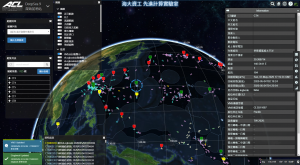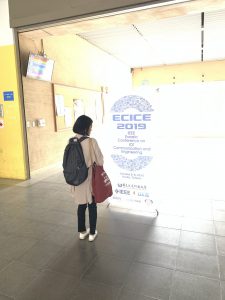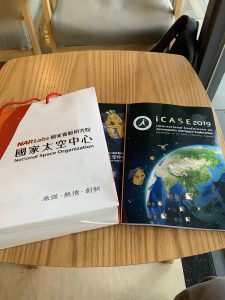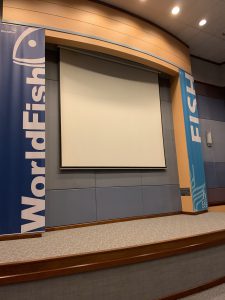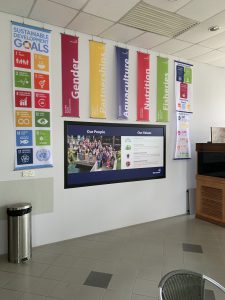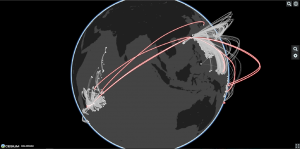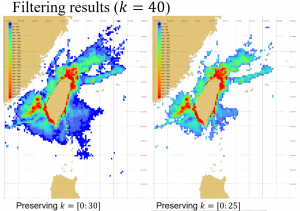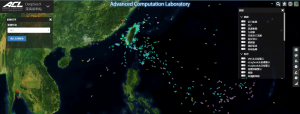美國在臺協會(AIT) 「台灣遠洋漁船漁業勞動人權」科技方案
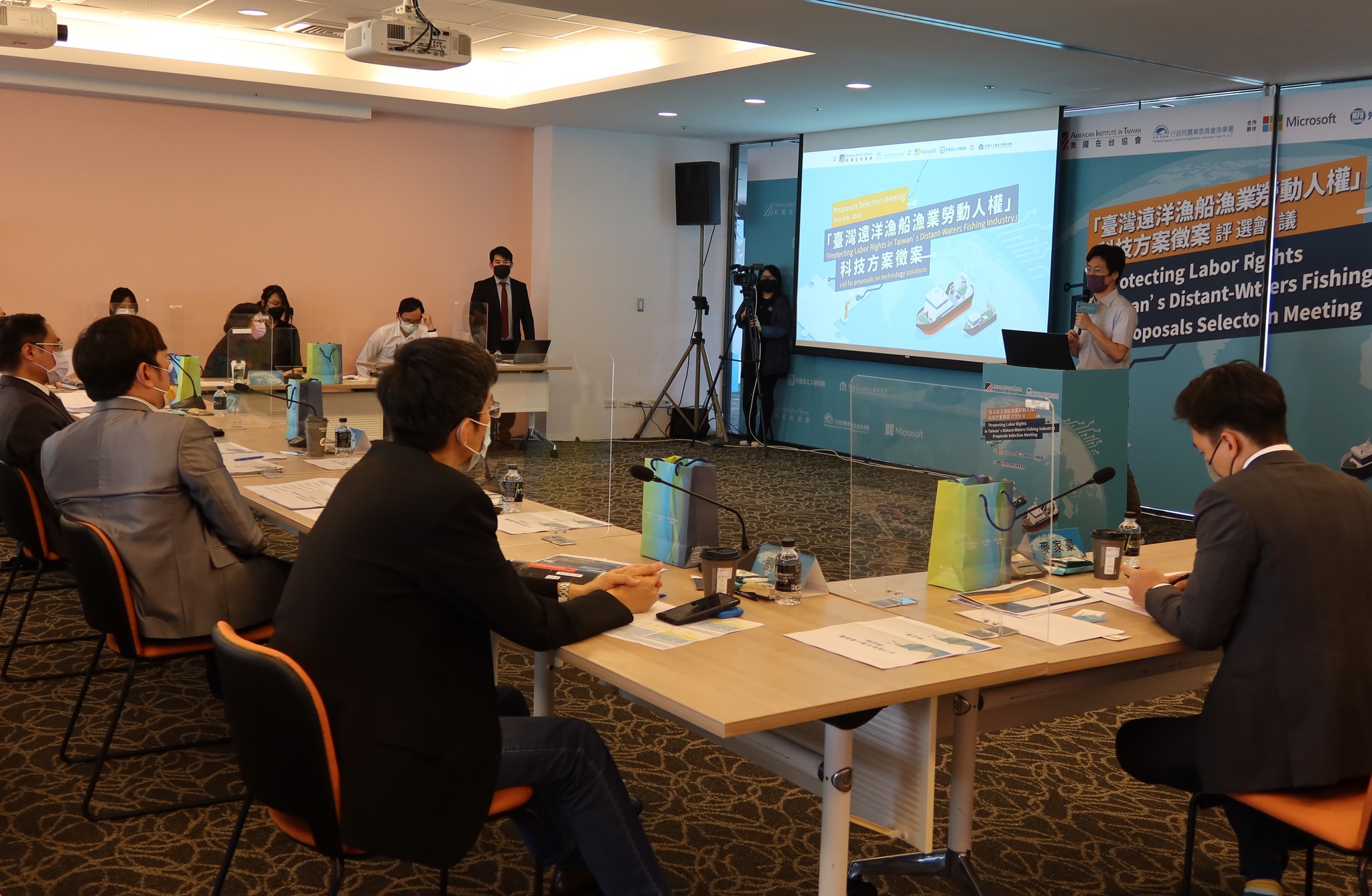
Connecting migrant workers to the world – An attachment module for the Electronic Monitoring System (EMS) The Advanced Computation Laboratory (ACL) from National Taiwan Ocean University’s Department of Computer Science and Engineering and Phase Tech Co., Ltd. has won AIT’s recent call for tech solutions to solve labor issues in distant water fisheries!! Abstract: Workers …
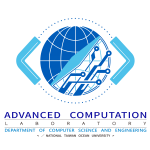 Advanced Computation Laboratory
Advanced Computation Laboratory 
